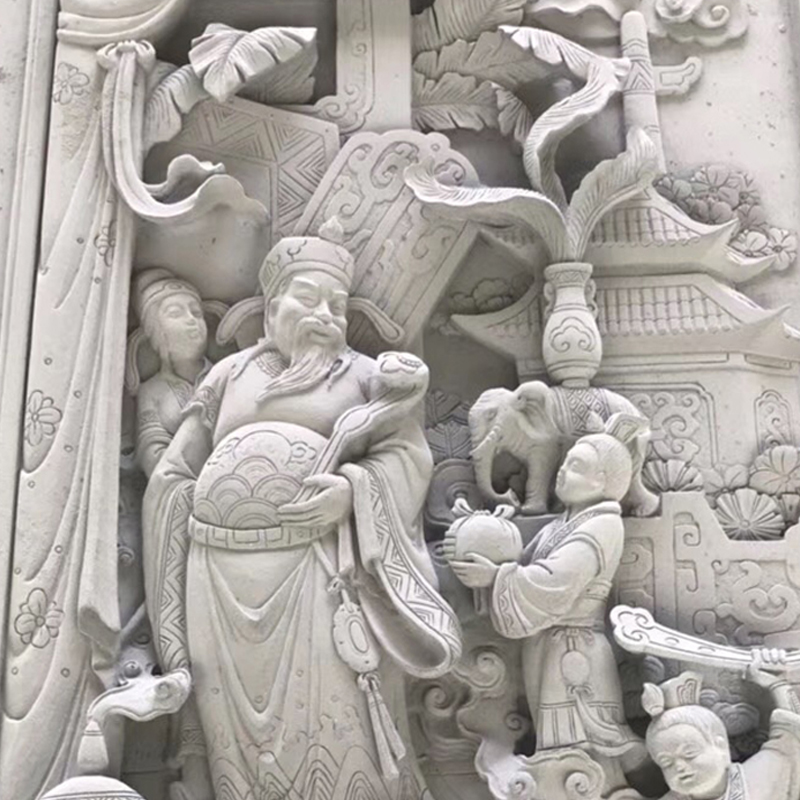With the development of the times, Stone Garden Decor has played an increasingly important role in the field of public art. It mainly analyzes the characteristics of the public art field, and combines the changes in the decorative functions of stone gardens to analyze the role of Stone Garden Decor in the field of public art. While enriching the research on the value of stone sculpture in my country, it provides a good theoretical reference for the extensive introduction and value analysis of Stone Garden Decor in the field of public art.

From the perspective of development, public art is produced and developed on the basis of the continuous development of human society, economy and politics. With the changes in the current social environment and cultural background, the scope of the public art field has also undergone some changes. As far as Stone Garden Decor is concerned, the process of its transformation from private appreciation items to public art field has promoted the change of its own value. Therefore, it is of practical significance to analyze the value of Stone Garden Decor in the field of public art.
From an essential point of view, the characteristics of the public art field mainly include: 1. The characteristics of openness. There is no limit to the public art field, allowing all members of the public to participate. Second, the characteristics of equality. The public art sphere confers equal status or identity on all participants. Third, the characteristics of public opinion. The development of the field of public art is based on mutual communication and discussion among the public. When differences arise in public communication and the rationality of such differences is recognized, the form and coverage of public art will also undergo some changes.
From the perspective of functional changes, the public art field can enrich the functions of stone sculpture. After the stone sculpture is placed in the public space, the environmental space in which it is located will undergo obvious changes. When people come into close contact with stone sculpture, it is easy to have a sense of space detachment, that is, they are separated from the original environmental space, and their body and spirit are transferred into the new space opened up by stone sculpture at the same time. , Prompting people to have a unique artistic feeling. Take the famous stone sculptor Ned Smith's stone work "The Upper Room" as an example. On the basis of the columnar sequence made of red concrete, the stone sculpture introduces two kinds of decorations: palm trees and chess boards. When people enter the space created by the stone sculpture, the chessboard symbolizing leisure and the palm tree symbolizing entertainment and relaxation will prompt people to have a peaceful mood, enrich the artistic value of the space, and trigger people's thinking and introspection.
The field of public art provides a good environmental foundation for visual and emotional communication between the public and stone sculpture. Taking the works of the famous stone sculptor Oldenburg as an example, whether it is the acclaimed "Barcelona Matches" or "The Coatpin" in Philadelphia, they all have a common feature-they are all common daily works of the secular public. supplies. But unlike the prototypes, stone sculptors have changed their dimensions with unique techniques and artistic emotions. In the field of public art, when the public directly faces these stone sculpture, the prototype can be used as a medium to achieve visually in-depth communication with the stone sculpture. Lay a good foundation.
The field of public art provides a good foundation for the enrichment of the decorative value of stone gardens. In this field, the value of Stone Garden Decor is embodied in the transformation of artwork functions, communication with the public, creation of space and integration of the environment. With the help of the medium of public art, the decoration of stone garden reasonably meets people's aesthetic requirements and artistic taste, and has a good effect on improving the aesthetics of the entire public space.



